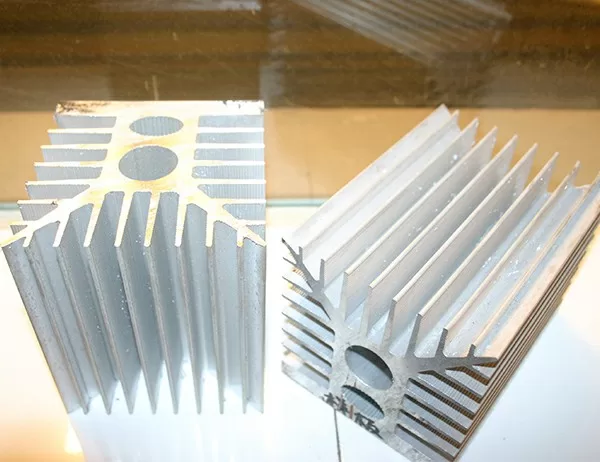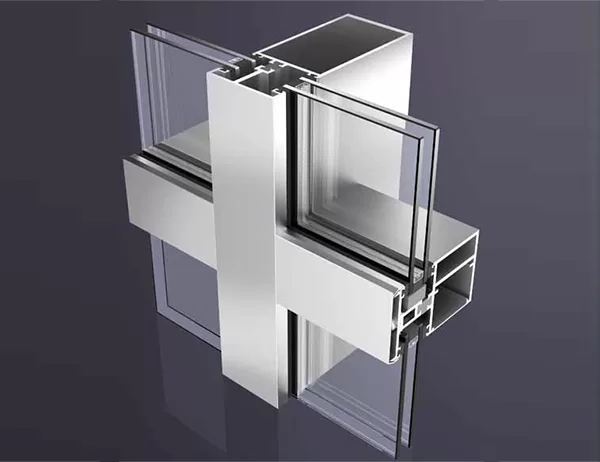In the realm of renewable energy, solar panels have emerged as beacons of sustainability, harnessing the boundless power of the sun to generate clean electricity. At the heart of these panels lies an indispensable component: aluminium profiles.
These sleek, durable extrusions play a pivotal role in the structural integrity, aesthetics, and performance of solar panels. In recent years, advancements in aluminium profile technology have revolutionized the solar industry, paving the way for unprecedented efficiency and durability.
Enhanced Mechanical Strength
Traditional aluminium profiles were prone to bending and warping under heavy snow loads or extreme winds. However, the development of high-strength alloys and optimized extrusion techniques has significantly bolstered the mechanical capabilities of aluminium profiles. They can now withstand greater forces without compromising their shape or functionality.
Improved Corrosion Resistance
Harsh environments, such as coastal areas or industrial zones, can pose a significant threat to aluminium profiles. Through anodizing or powder coating, the surface of the profiles is coated with a protective layer that inhibits corrosion and extends their lifespan.
Increased Heat Dissipation
As solar panels convert sunlight into electricity, they generate heat. Efficient heat dissipation is crucial to prevent performance degradation. Advanced aluminium profiles incorporate innovative cooling designs, such as fins or hollow chambers, to facilitate better heat transfer, ensuring optimal panel performance even under intense sunlight.
Lightweight and Aesthetic Design
Aluminium profiles contribute to the overall weight and aesthetics of solar panels. By optimizing profile dimensions and utilizing lightweight alloys, manufacturers can create slimmer, lighter panels that blend seamlessly with building facades and rooflines.
Reduced Environmental Impact
Aluminium profile technology has also made significant strides in sustainability. The use of recycled aluminium and environmentally friendly coating processes reduces the carbon footprint of solar panels, promoting a greener energy future.
Conclusion
The relentless pursuit of innovation in aluminium profile technology is shaping the future of solar energy. Enhanced mechanical strength, improved corrosion resistance, efficient heat dissipation, lightweight design, and reduced environmental impact are driving the development of high-performance solar panels that can harness the sun’s energy more effectively and sustainably. As solar power continues to play a vital role in the fight against climate change, aluminium profiles will remain indispensable to unlocking its full potential.




